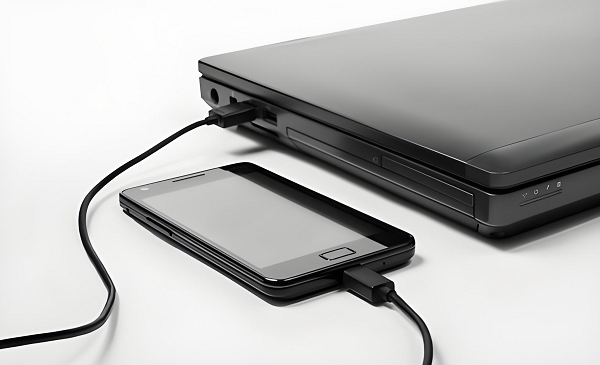Today, electronic devices such as mobile phones and laptops have become part of our daily lives. Many people are used to plugging in their devices for a long time, but the debate about whether plugging in will damage battery life has never stopped. Some people say that "charging all the time will cause the battery to swell", while others believe that "modern technology has solved the overcharging problem". Based on the scientific principles of lithium batteries, this article will explore the impact of long-term plugging in on batteries and provide practical maintenance suggestions.

I. Core characteristics of lithium batteries
Modern electronic devices generally use lithium-ion batteries, which have completely different characteristics from traditional nickel-hydrogen batteries:
- No memory effect: No need to fully charge and discharge, charging as you use is healthier.
- Fear of extreme conditions: Keeping 0% or 100% power for a long time will accelerate aging.
- High temperature is an "invisible killer": When the temperature exceeds 40°C, the battery loss rate increases significantly.
II. The truth about long-term plugging in: Does it hurt the battery?
1. The overcharge protection mechanism is mature
When the device displays "100% power", the battery actually stops charging automatically and switches to direct power supply from the power supply. Therefore, the plugged-in state will not continuously "high-voltage shock" the battery.
2. Potential risks of high-voltage power
Although it will not be overcharged, maintaining 100% power for a long time may still cause problems:
- Increased chemical pressure: The fully charged state will accelerate the decomposition of the electrolyte, resulting in capacity decay (laboratory data show that the capacity decreases by about 20% after one year of full charge storage, while the 40%-80% storage only decreases by 4%).
- High temperature superposition effect: When plugging in high-performance devices (such as gaming laptops), the heat generated by the CPU/GPU may indirectly cause the battery temperature to rise, exacerbating aging.
3. Hidden optimization of manufacturers
Some devices (such as Apple MacBook and Microsoft Surface) will dynamically adjust the upper limit of charging through algorithms, and the actual power may be maintained at 80%-90% when plugged in to extend battery life.
III. Scientific maintenance guide: balance convenience and life
✅ It is recommended to do this:
- Enable the "charging optimization" function (such as Apple's optimized charging and Lenovo's battery threshold setting).
- Maintain ventilation and heat dissipation: Avoid using the device in a closed environment such as a mattress.
- Keep 50% power during long-term storage: If the device is idle for more than 1 month, storing it at half power can reduce loss.
❌ Avoid these misunderstandings:
- Frequent deep discharge: Lithium batteries do not need to be "used until shut down before charging", and can be charged when the power is less than 20%.
- Superstitious about third-party power saving software: The system's built-in power management is more reliable.
- Excessive anxiety: Batteries are consumables, and a 20% capacity decay after 2-3 years of normal use is within a reasonable range.
IV. Common scenario Q&A
1. Should laptops be plugged in all the time?
- Mobile office users: Charge as you use, avoid full charging for a long time.
- Fixed desktop users: You can set the charging limit to 80%, discharge to 50% and then fully charge once a month to calibrate the power meter.
2. Is it safe to charge your phone all night?
- Safe, but it is recommended to turn on "Optimized Charging" (supported by iOS/Android) to temporarily delay charging to 100%.
3. Does fast charging damage the battery?
- High temperature is the main cause. Choose an original charger that supports the PD protocol to avoid playing games while fast charging.
V. Summary: Look at battery loss rationally
Long-term plug-in use itself will not directly "destroy" the battery, but the combination of full charge + high temperature will accelerate aging. Through reasonable settings and usage habits, the battery life can be maximized. However, batteries are essentially consumables. Instead of being overly anxious, it is better to find a balance between convenience and maintenance - after all, the device is a tool to serve people, not an "ancestor" that needs to be worshipped.
Tips: If you find that the battery is swollen or the battery life drops suddenly (such as running out in 1 hour), please stop using it immediately and contact after-sales. Safety first!



